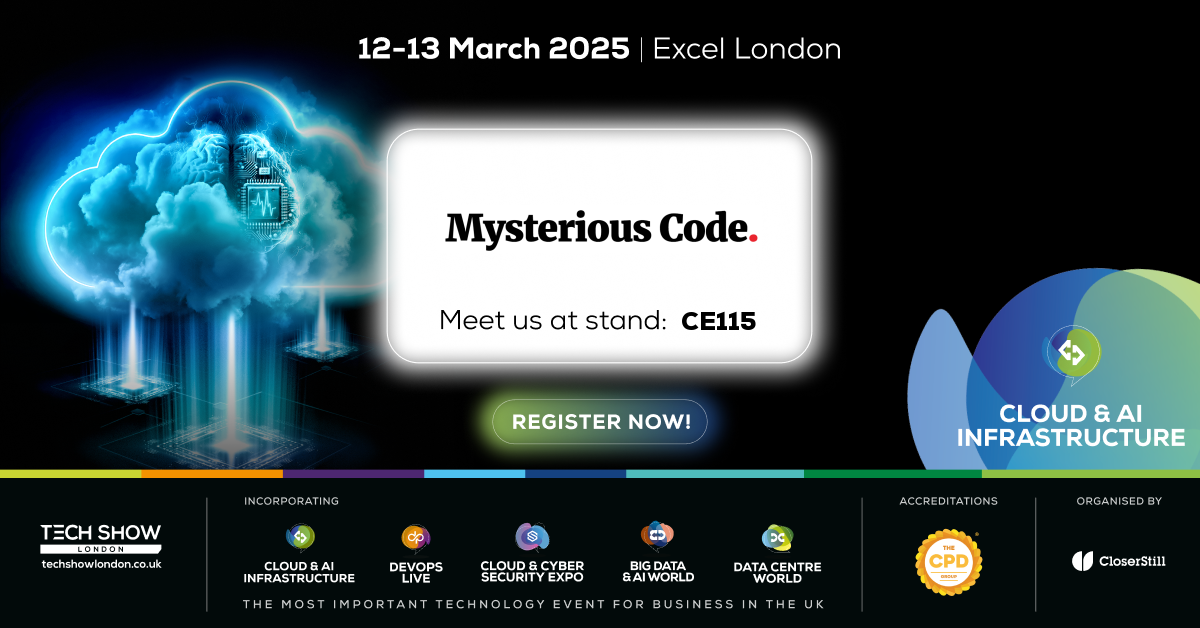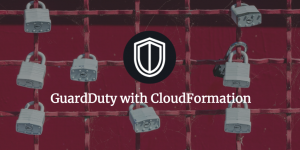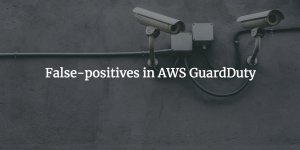Blog
Latest posts from our team. Stay up-to-day with news and new features, see if we can help with common problems and see how we solved our clients issues.
Mysterious Code at Cloud & AI Infrastructure event – Meet Us at Tech Show London 2025!
February 18, 2025 by Paulina Budzoń
We’re excited to announce that Mysterious Code will be part of Cloud & AI Infrastructure event at Tech Show London
2025!

Join us at ExCeL London, Stand CE115, on March 12-13, 2025, where we’ll be diving into all things AWS infrastructure — from cloud-native applications and DevOps automation to security reviews and cost optimization. Whether you’re looking to scale efficiently, strengthen your cloud security, or streamline operations, our team is ready to help.
Let’s connect and explore how AWS can power your business!
📍 Where: ExCeL London, Stand CE115
📅 When: March 12-13, 2025
Want to set up a meeting? Drop us a message
Mysterious Code Ltd is now part of AWS Public Sector Program
April 19, 2024 by Paulina Budzoń

As a member of the AWS Public Sector Partner Program, Mysterious Code Ltd will leverage its expertise to empower government, education and nonprofit entities with secure, scalable, and compliant cloud solutions built on AWS infrastructure. By combining AWS’s industry-leading cloud platform with Mysterious Code’s specialized knowledge and experience, public sector customers can expect enhanced capabilities in areas such as data security, compliance, and cost optimization.
Automatically updated docker image for cfn-lint
April 18, 2024 by Paulina Budzoń
If you’re using CloudFormation, you probably know about cfn-lint - a
linting tool created by the CloudFormation team to validate templates against the schema and best practices. Validating
each template before deployment is in itself actually
considered a best practice by AWS.
However, simply using validate-template in the Console or CLI only validates the basic syntax of the template, not the
actual contents and resource specification. That’s where using a linter like cfn-lint
can be helpful to make sure you’re not making any obvious mistakes or going against best practices in your resources.
You can use cfn-lint in a number of ways during development, including simply within command-line, using git pre-commit
hooks or as a plugin to your IDE. All those options, while helpful in day-to-day work, do not establish code quality
standards for your overall codebase. To do that, it’s ideal to include linting as part of CI/CD pipeline and/or
pull/merge-requests approval process.
That is where you can come across a hurdle: cfn-lint does not have an official, up-to-date docker image
Deploying AWS GuardDuty with CloudFormation for Master and Member accounts
May 1, 2018 by Paulina Budzoń

AWS GuardDuty analyses various events happening on your AWS account and can notify you when suspicious activity takes place. Right now, GuardDuty is specific to a region and needs to be enabled in each region you want to monitor (though AWS recommends you enable it in all regions to ensure global actions are monitored). Going through GuardDuty console in every AWS region can be a daunting task, and quite time consuming if you have multiple AWS accounts which you’d like to connect into Master-Member setup. Luckily, CloudFormation supports enabling and setting up GuardDuty detectors, so you can use it to make it a little bit less painful.
Don't panic! False-positives from GuardDuty and Network Load Balancer (NLB)
March 20, 2018 by Paulina Budzoń

If you’re keeping in touch with new services provided by AWS, you probably heard about new security monitoring tool: GuardDuty. You probably also noticed a whole new family of Elastic Load Balancers (v2), which includes Network Load Balancers (NLB). Deploying those two new services may generate some unexpected results - and here’s why.



